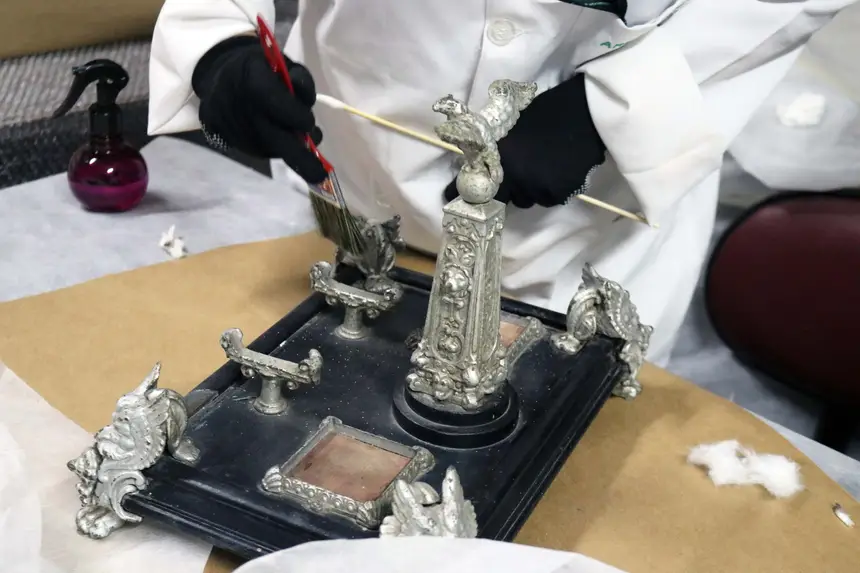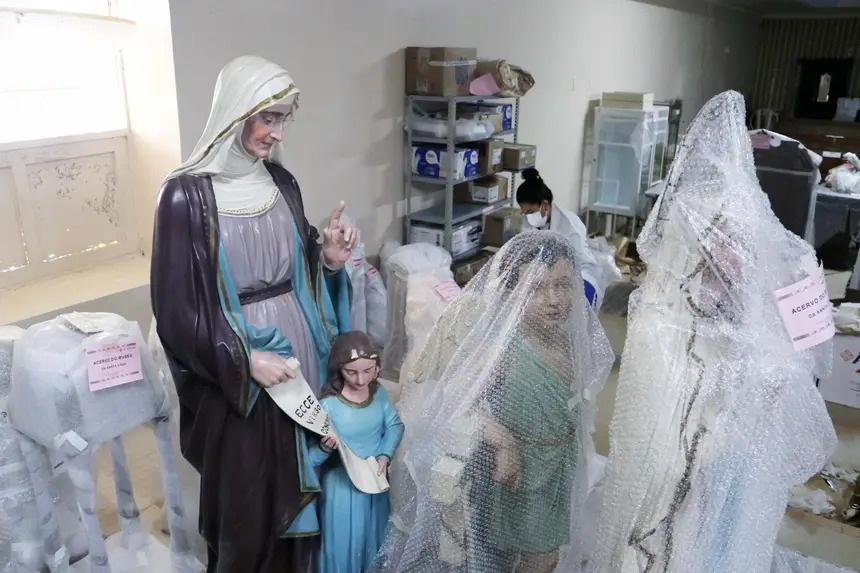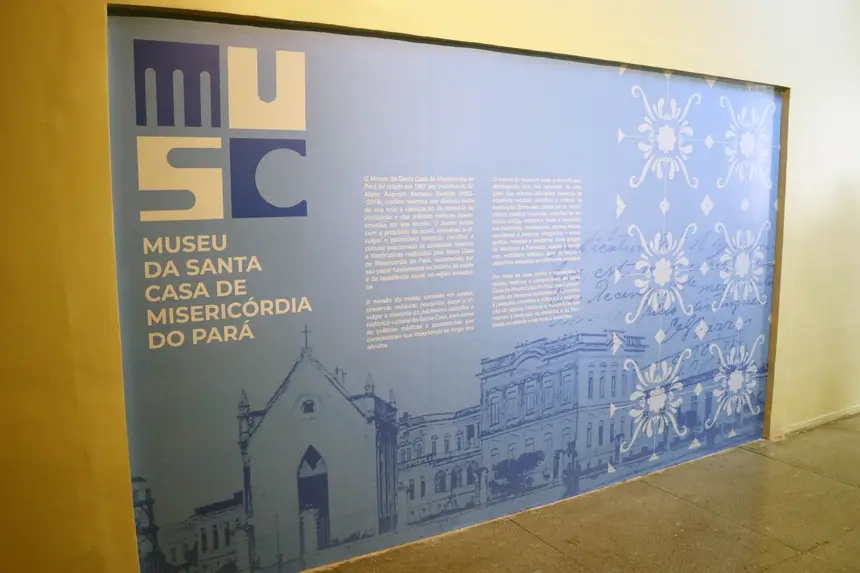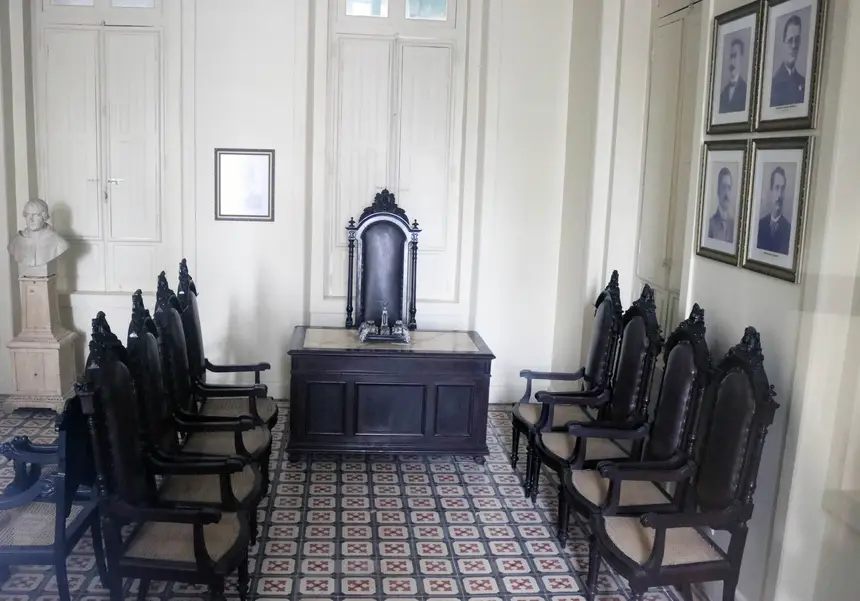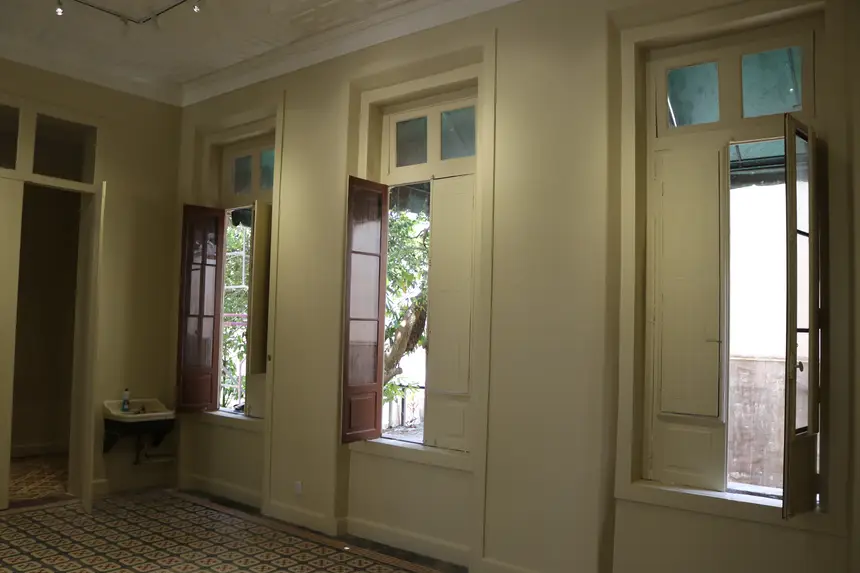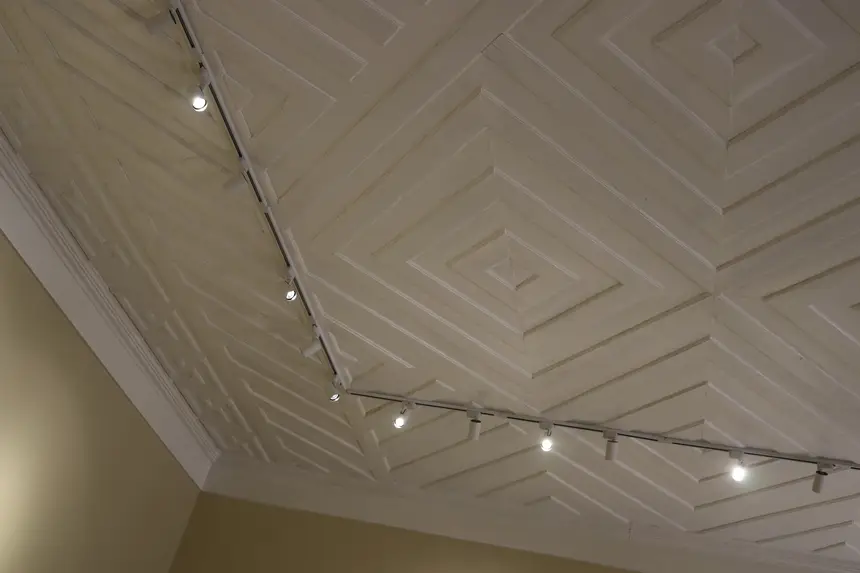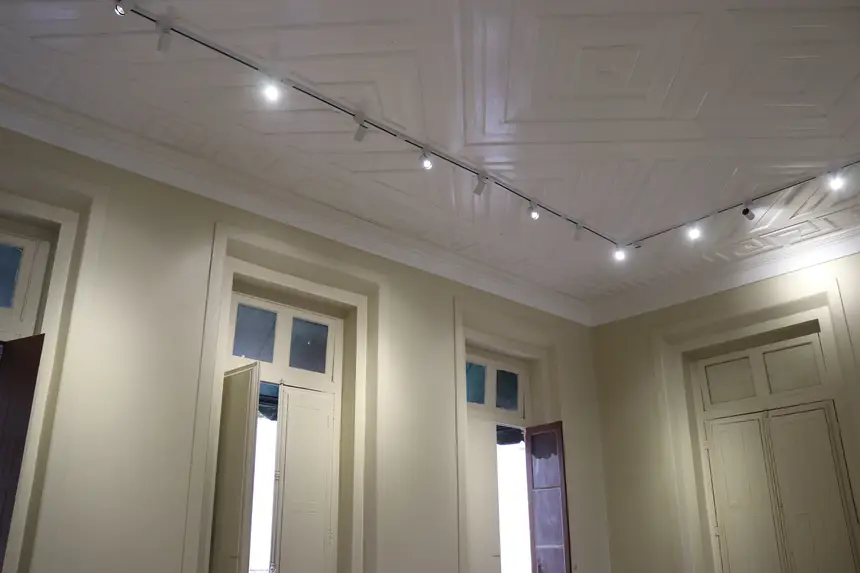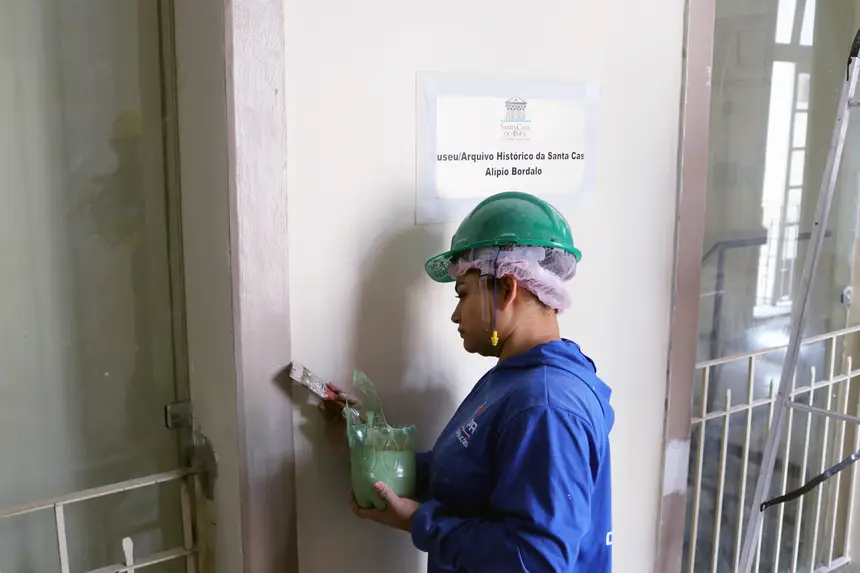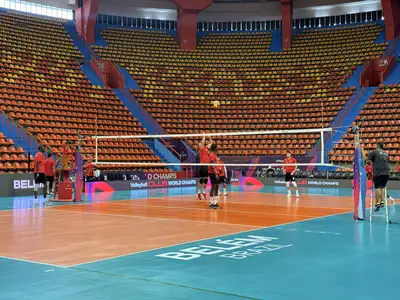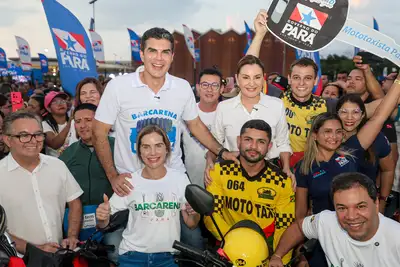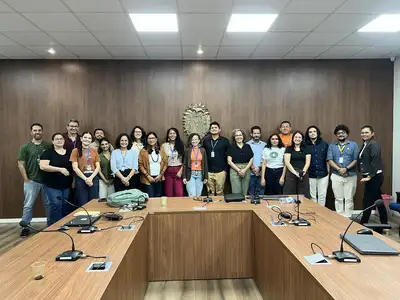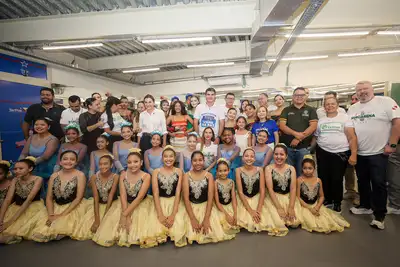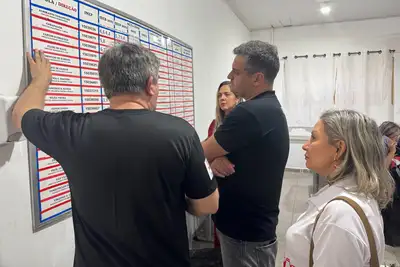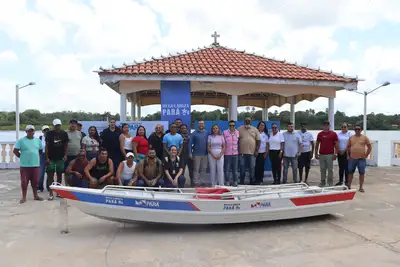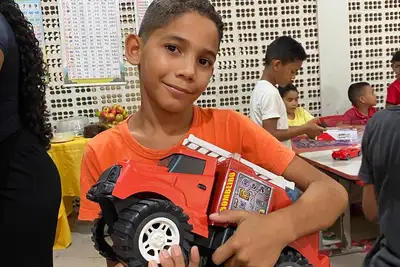The Museum of Santa Casa do Pará is rebuilt to rescue the history of health in the Amazon
The Museum, which received an investment of R$ 1.3 million from the state administration, reinforces the legacy of evolution in the health sector
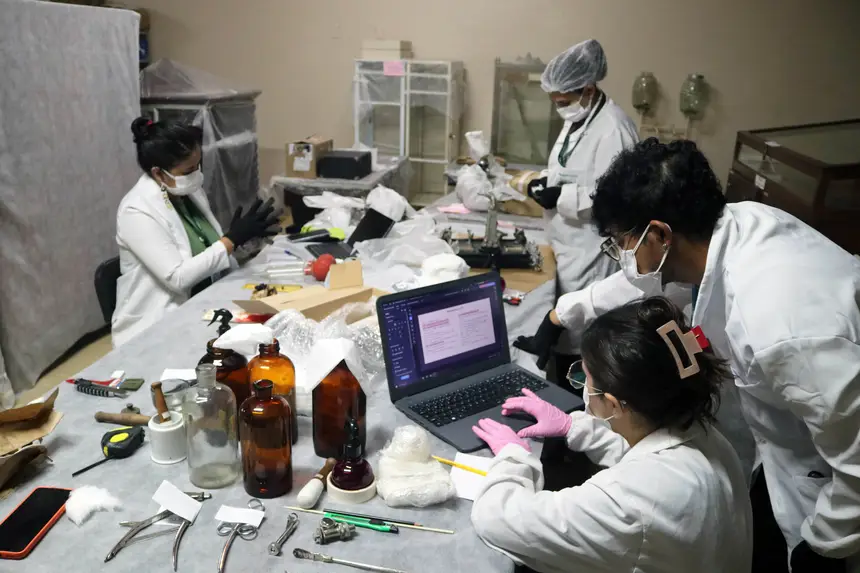
Founded in June 1987 by doctor Alípio Bordalo, the Museum of Santa Casa de Misericórdia do Pará is one of the spaces in the secular building of the hospital that underwent restructuring to better serve its functionality, as a space for the exhibition of pieces considered historical for the institution and for medicine in the Amazon.
With a capacity to receive 64 people, the Alípio Bordalo Museum remains in the same location where it was installed more than three decades ago: a space in the historic building, in the area of the centennial corridor, where the old pharmacy of Santa Casa operated. According to Marcelo Frota, engineer of the Santa Casa Foundation, 116 square meters of area were restored, with an investment of R$ 1,325,730.63. "The work included the replacement of the roof, restoration of the ceiling with the replacement of all pieces in hardwood, recovering the original design. Replacement of electrical installations. Recovery of the frames. The walls were treated with reconstruction of the moldings. Restored hydraulic tile flooring, where we sought to maintain the actions of time on the pieces," he explained.
"It is worth noting that the Museum follows an exhibition proposal, 'The Santa Casa de Misericórdia do Pará and the evolution of Medicine', seeking to represent the fact through the collection gathered over decades, with more than 600 pieces. As an institution, it is one of the foundations of medical practice in the State of Pará, taking into account its service of excellence in the past and in the present day," Marcelo emphasizes.
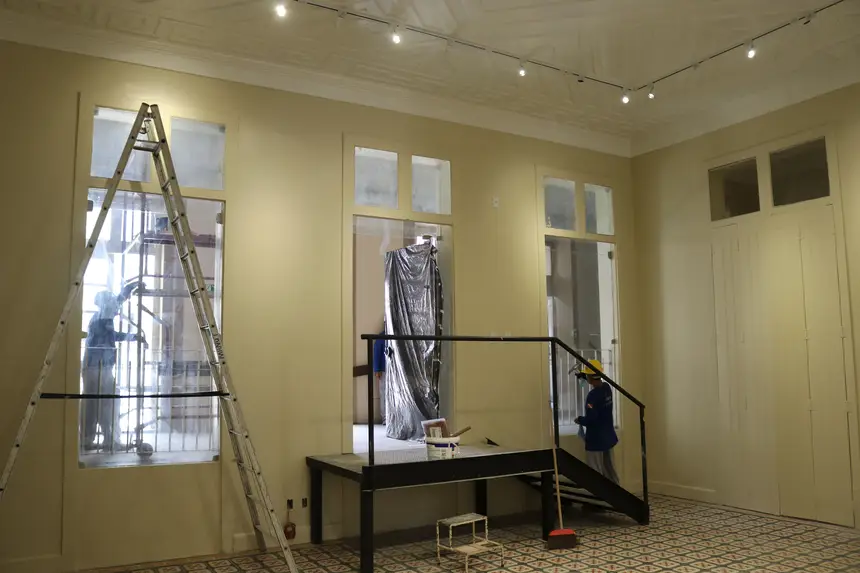
Erica Cavalcante, director of Education, Research, and Extension of the Santa Casa Foundation, considers the restructuring of the museum as a project that allows keeping the history of the institution alive as a reference for education, research, historical and scientific studies. "The history of medicine in Pará intertwines with the history of Santa Casa, in its more than 300 years of existence," she pointed out.
"Reopening our Museum, in a completely renewed and accessible space, while maintaining the historical characteristics, is providing the current generation, and the next ones, the opportunity to know our history within health and health education in our State. It is the continuity of the legacy left by the idealizer and founder of our Museum, Dr. Alípio Bordalo, who is present in the trail presented here, alongside great masters like Dr. Betina Ferro and important supporters and managers who are part of the history of Santa Casa," concluded the director.


